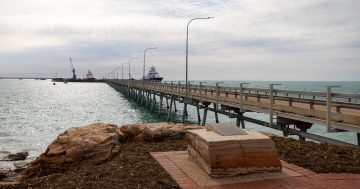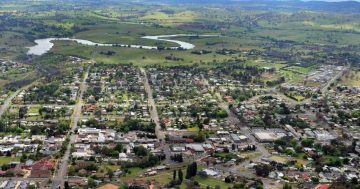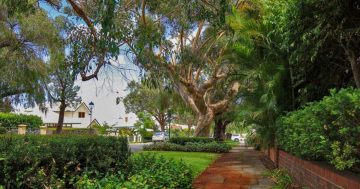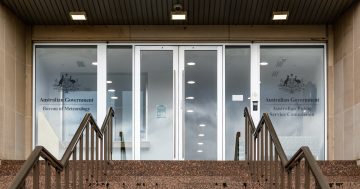 1. This week 10 years ago, Victoria’s inaugural Biotechnology Advisory Council (VBAC) was appointed, with Professor Ian Gust as chair.
1. This week 10 years ago, Victoria’s inaugural Biotechnology Advisory Council (VBAC) was appointed, with Professor Ian Gust as chair.
The Minister for Technology, Gordon Rich-Phillips said the VBAC would provide advice to the State Government on current and emerging opportunities and threats to the sector, as well as contributing to the implementation of the Government’s biotechnology policy.
He said it would assist in providing a long-term and coordinated approach to fostering innovation and promoting growth in Victoria’s biotechnology industry, and brought together expertise gained all the way along the industry value chain, from research and development, through to commercialisation and production.
2. Also in Victoria, the Minister for Community Services, Mary Wooldridge announced a significant expansion across the State of a successful diversionary youth justice program.
“A recent independent evaluation found that the group conferencing program is highly effective in diverting young offenders from the youth justice system and also significantly reducing re-offending,” Ms Wooldridge said.
“Victims who have taken part in the program have been positive about their opportunity to meet with the offender and have a say about how they should make amends for their crime.”
3. The Queensland State Archives released a report on the impact of the previous summer’s floods and cyclone, revealing almost 1,200 public files and 66 boxes of records were damaged and needed to be destroyed and nearly 7,000 files and 320 boxes were lost.
Some 120 public authorities were impacted across the State.
“To minimise the risk of future losses or damage to public records, Queensland State Archives has encouraged public authorities to review their existing storage arrangements for public records and implement appropriate disaster management and business continuity plans,” the report said.
4. A new Emergency Services and Safety website was launched so Queensland residents could access emergency and disaster-related information from one central location.
Minister for Emergency Services, Neil Roberts said the website was a one-stop-shop for emergency and disaster management–related information.
“It offers localised disaster management information using the website’s Community Intelligence Map — an invaluable tool for disaster preparation and response,” Mr Roberts said.
He said there was also a Community Emergency Inventory, which enabled individuals and businesses to offer their help in preparing for and responding to natural disasters and emergency events.
5. The Commonwealth’s Chief Climate Commissioner, Professor Tim Flannery said the new Intergovernmental Panel on Climate Change report confirmed the Climate Commission’s concerns that Australia was facing a “grim” future of extreme weather events.
Professor Flannery said the report indicated that what was already a hot climate in most of Australia would get hotter, and in south-east Australia the bushfire season was expected to increase in length, with very high and extreme fire danger days expected to rise by 15–70 per cent by mid-century.
The report said it was very likely the average sea level would continue to rise through the century, increasing the risk of flooding and erosion along coasts.
6. Also this week a decade ago, WA Minister for Water, Bill Marmion launched the Water Forever — Whatever the Weather plan to drought-proof Perth by boosting and protecting the city’s groundwater sources.
Mr Marmion said the plan focused on developing new sources, increasing water recycling and introducing programs to encourage more efficient water use.
He said that while Perth would have greater security of supply, residents were reminded that water was still a precious resource that needed to be conserved.
“Efforts must continue to use water wisely and maintain the impressive savings achieved in recent years,” Mr Marmion said.











